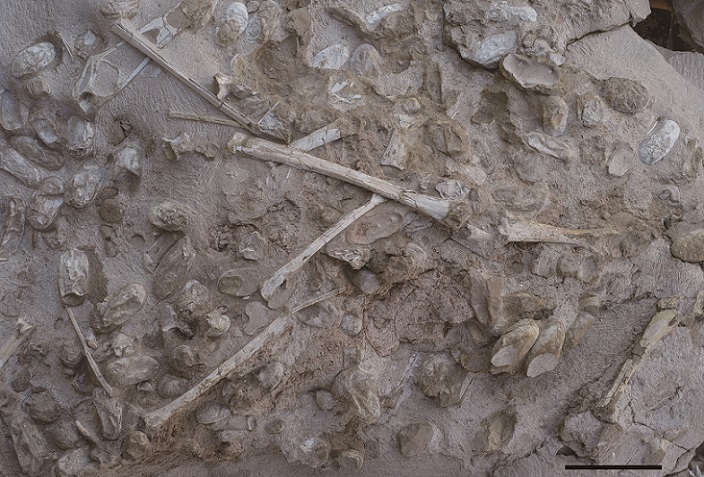Kangaroos in Trees
Tree kangaroos hop up trees instead of swinging through them like monkeys.

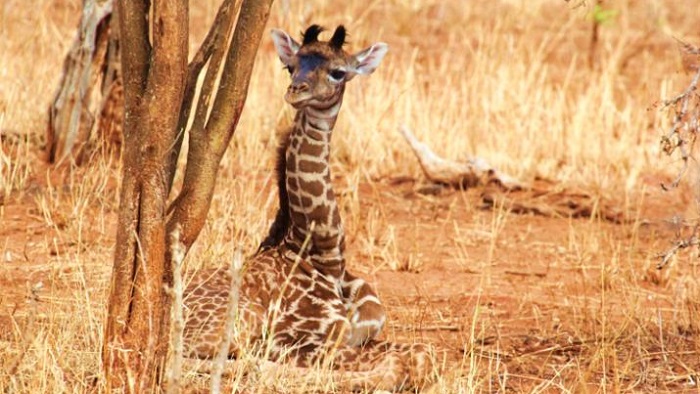
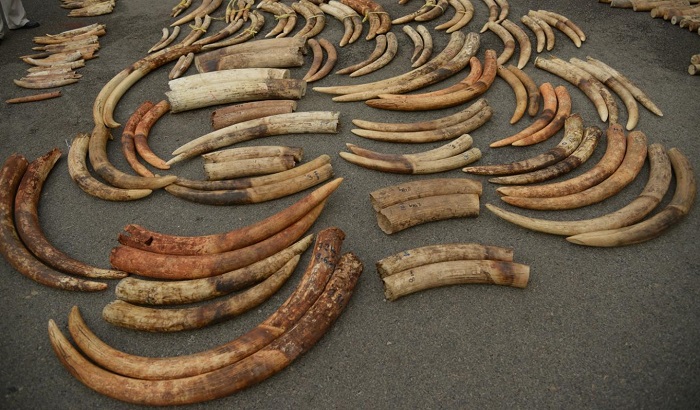
Researchers identify genetic factors that grounded a species of birds whose relatives all can fly.
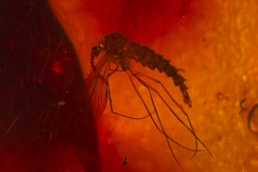
INSECTS & SPIDERS (Encore Edition) - Could spider venom be the next insecticide? Why mosquitoes smell you better at night. And debunking the myth of extracting dinosaur DNA from insects preserved in amber. Also, insect legs that bear an uncanny resemblance to modern machinery.
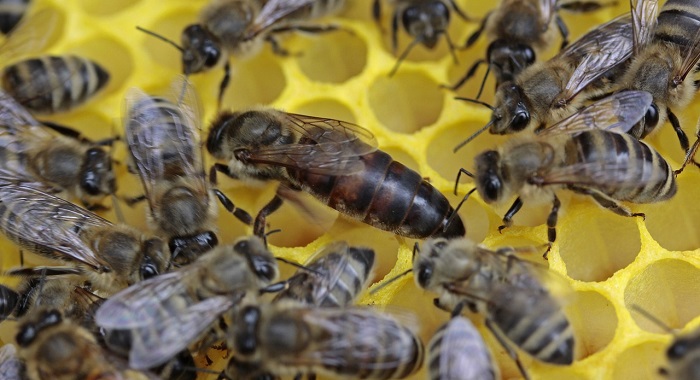
The diet of baby bee larvae activates genes that turn some into workers and others into queens.

With the help of gene editing, fruits and vegetables may soon become prettier and more delicious.

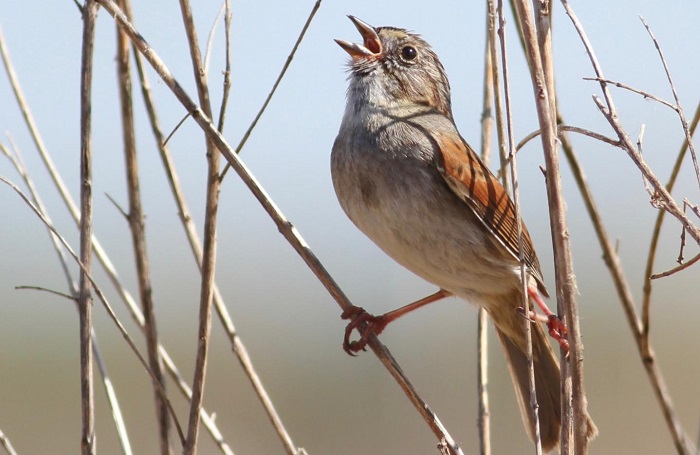
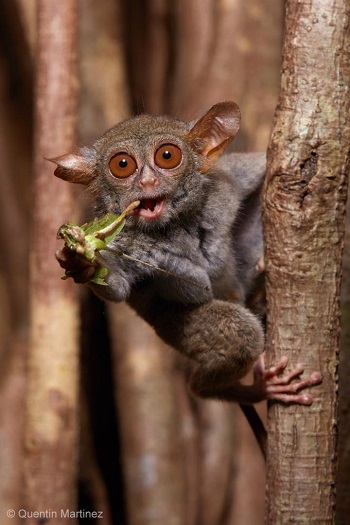
What did our mammalian ancestors eat during the age of the dinosaurs? The answer might bug you.

A listener asks whether it's true that large dogs don't live as long as small dogs.
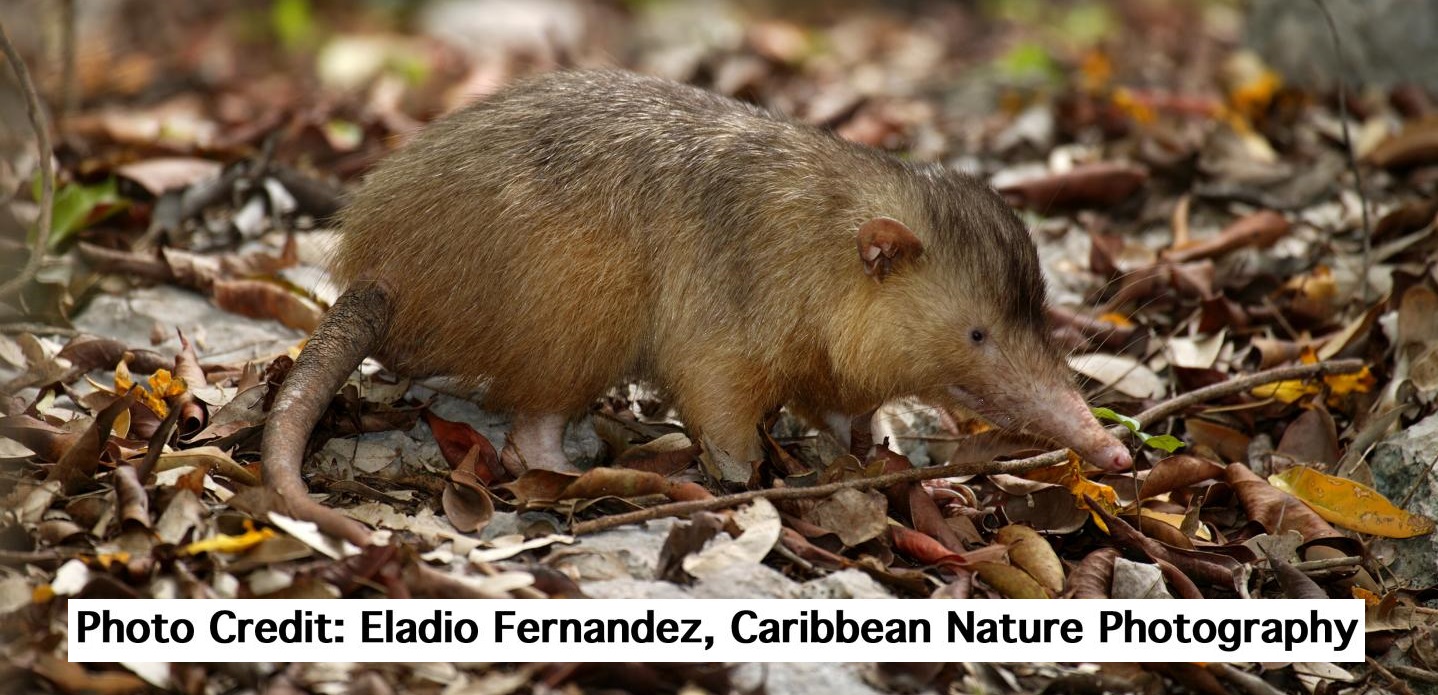
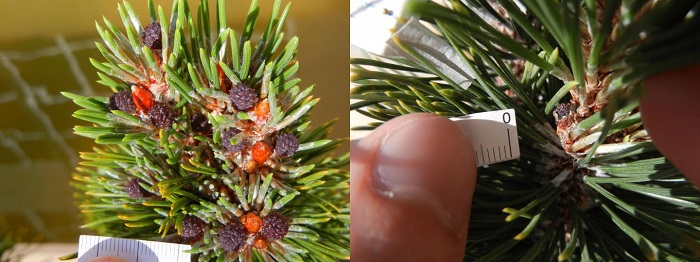
Elephants, unlike mammals much more similar to us, seem to instinctively understand pointing gestures.
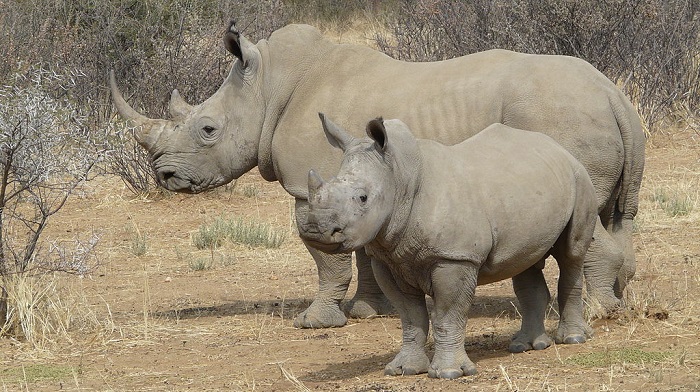
Matching poached rhino horns to the scene of the crime using DNA to nab wildlife traffickers.
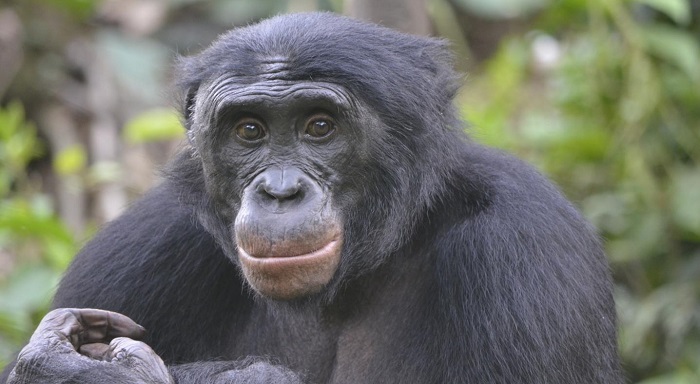
One of our closest relatives, the bonobos, may have very different attitudes toward altruistic behavior in others.
